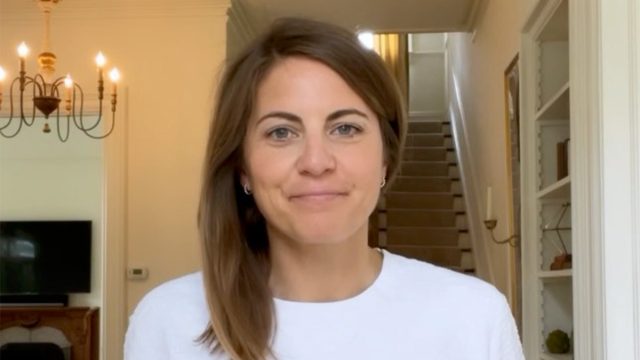Fat Loss Coach Reveals 3 Hidden Signs Your Body is Storing Fat
Are you having trouble losing weight? Your body might be storing fat, and you don't even know it. Ann B Schulte is a fat loss coach who works with women over 40 in hopes of "empowering them "to live their most intentional, healthiest & inspired life!" In a recent post she reveals the top three signs that your body is storing fat instead of burning it.
Your Body Is Storing Fat
She starts off by pointing out that everyone's body is storing fat. "Your body is storing fat! It's just science," she writes. "We spend all this time trying to do the right thing- the things we have been taught to be true. But actually, many times, those are the things that sabotage us." Here are the signs your body is storing fat and what you can do about it.
Sign 1: You Are Eating Less But Can't Lose Weight
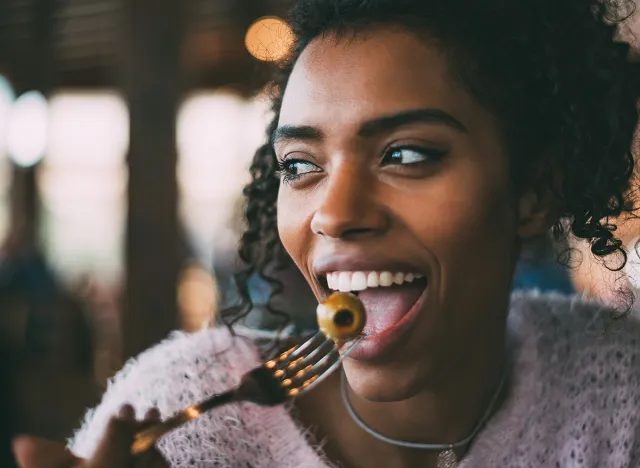
The first sign is that you are eating less and less, and you can't lose weight. "You might even be gaining," she says. What can you do about it? Eat the "adequate amount of food in the right ratios to spike your metabolism," she recommends.
Sign 2: You Haven't Made Any Changes But Are Gaining Weight
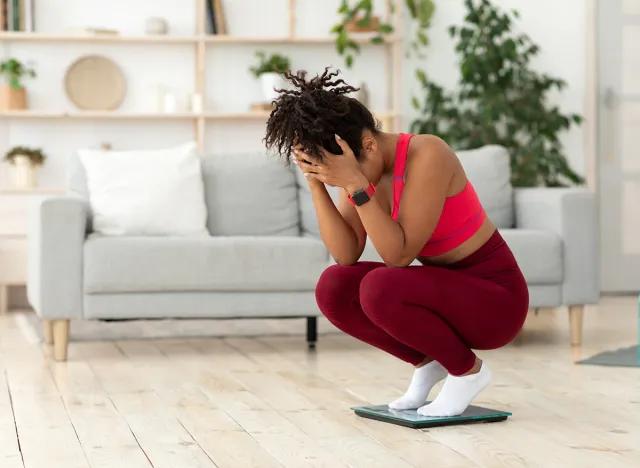
The next sign? "You have changed nothing in the way you eat or workout, and suddenly you are gaining weight," she writes. "Hormones are a thing as you are getting older. You need to address hormone health and give your body proper nutrition that supports your hormones so they can thrive."
RELATED: I'm a Fitness Expert: Here's What Really Burns More Fat After 40, Walking or HIIT
Sign 3: You Are Doing Intense Workouts, But Your Belly Fat Won't Budge
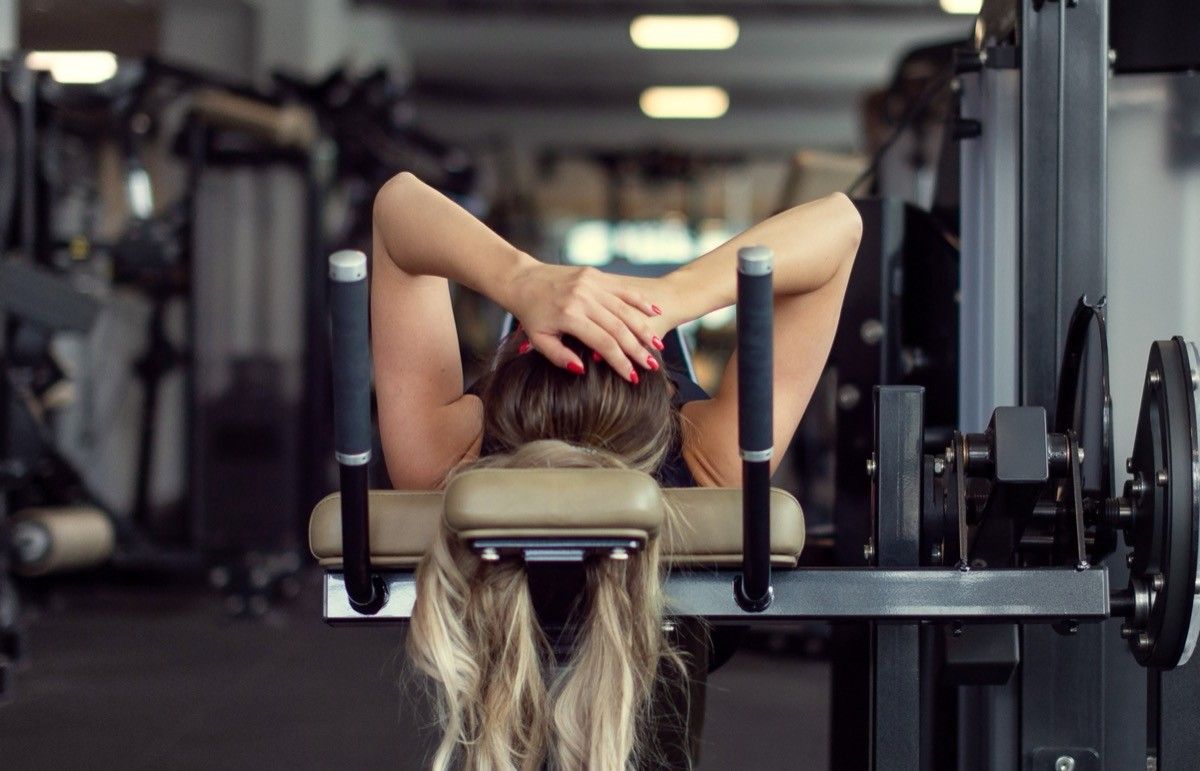
The last sign? You are "consistently doing HIIT or intense cardio classes, and your belly fat won't go away," she says. Surprisingly, the solution is to do less HIIT cardio. "Too much HIIT causes high cortisol, which causes belly fat. You need muscle-building strength workouts so your body burns fat in its sleep," she says.
Weight Loss Differs in Your 40s and 50s
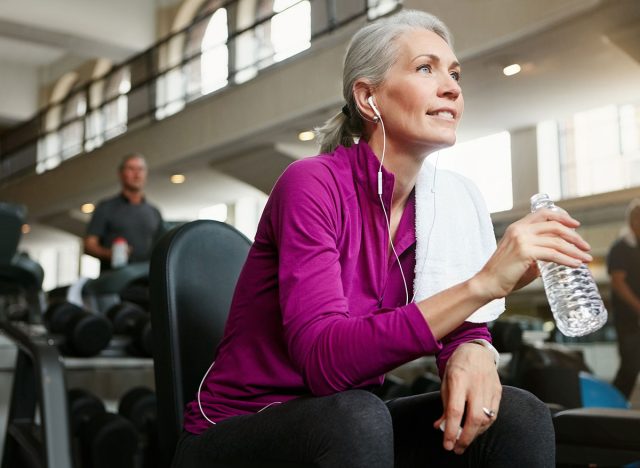
Ann regularly educates her followers about how weight loss differs as you get older. In another post she explains it "really comes down to 3 simple things." She adds that it "doesn't have to be hard" to "lose weight and build muscle in this phase of life."
Your Body Needs More Food
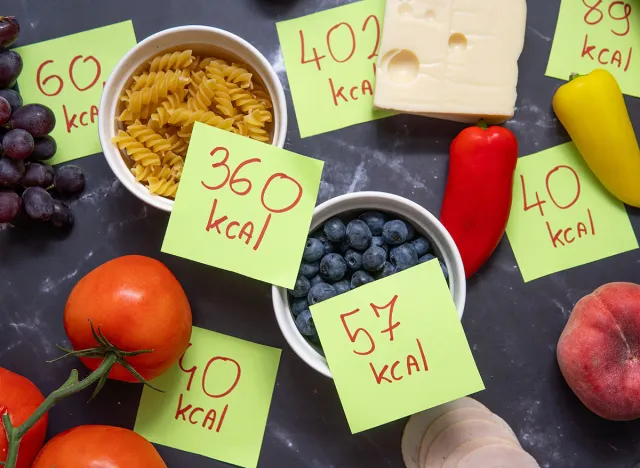
Her first tip? Eat more, not less. "Stop undereating and start eating UP to your body's needs! Severe calorie restriction is out, people. And just not effective long term. Learning how to fuel your body specifically to its needs will spike your metabolism for you – yes, even in your 40s or 50s," she says.
Rethink Your Approach to Exercise

Next, rethink your approach to exercise. "The intense calorie burn workouts are killing you and your cortisol levels, especially as you get older. I know it feels productive, but really, ask yourself if you are getting where you want to go by doing them. Getting strategic and thoughtful about your workouts and lifting heavy weights will give you the body composition changes you have been chasing," she says.
RELATED: Fitness Expert Reveals What Really Happened When He Tried the Celebrity Weight Loss Shot
Don't Avoid Carbs
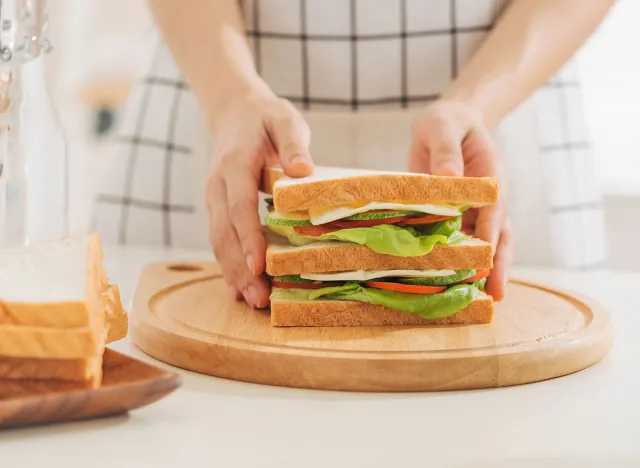
Also, make sure to eat carbs. "If you really want to ramp up fat burn and get that metabolism firing, eat carbs. But choose the right ones and eat them strategically. It will give you energy, your body will love you, and you'll feel like yourself again," she says. And if you enjoyed this article, take advantage of these 15 Quick Ways to Lose Body Fat Percentage in a Week.
